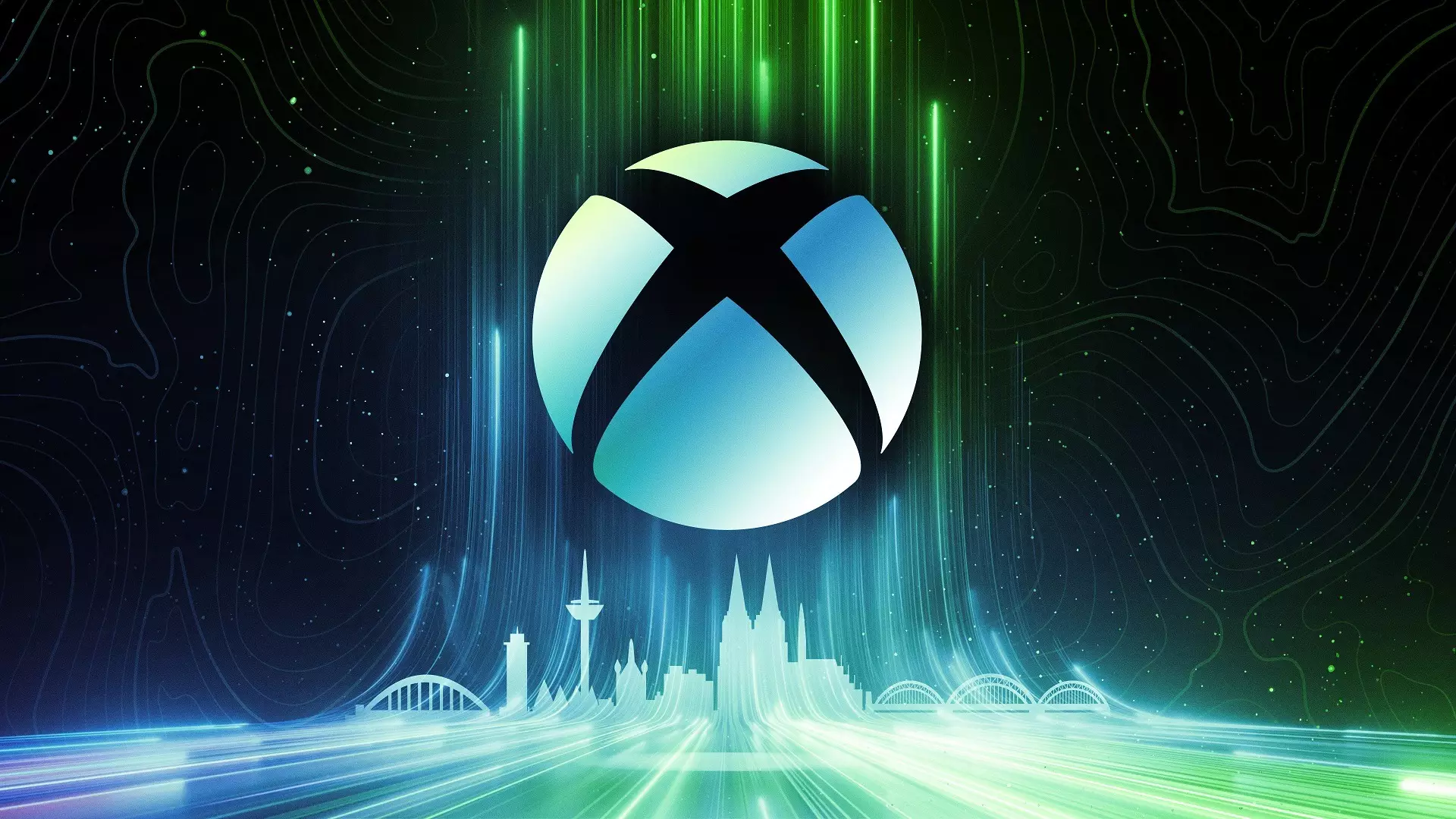As gaming continues to carve out its place as a dominant form of entertainment, recent events from tech giant Microsoft reveal that users may need to brace themselves for higher costs associated with their cherished gaming experiences. Starting with the Xbox Series X and Series S, Microsoft has announced a comprehensive increase across all categories: game consoles, accessories, and even games themselves. This isn’t just an isolated occurrence; it reflects a broader trend in the gaming industry and hints at the financial dynamics at play in today’s economy. Moreover, the underlying justification—“market conditions and the rising cost of development”—puts a spotlight on significant challenges facing game developers and hardware manufacturers.
Regional Price Disparities
The magnitude of these price adjustments is hefty, particularly for Australian customers; for instance, the Xbox Series X has seen a price increase by AUD $150, raising its base price to a staggering AUD $849. Meanwhile, the Series S has also jumped up, with the 512GB model now costing AUD $549. While these changes are prevalent across multiple regions, the fallout varies significantly from one country to another. In the United States, the situation is exacerbated by tariffs stemming from previous political maneuvers, intensifying the financial burden on consumers. As gamers scramble to stay within their budgets, the regional fluctuations reflect a disjointed ecosystem that can leave many feeling frustrated and alienated.
The Ripple Effect on Game Prices
Moreover, the ramifications extend even beyond console prices and into the realm of game releases. With first-party titles expected to launch at around USD $79.99, the immediate implication is a formidable increase in the barrier to entry for new games, including highly anticipated titles such as the next installment of Grand Theft Auto. As consumer expectations shift, the ripple effects are likely to inspire other publishers to follow suit, potentially leading to further price increases across the gaming landscape. What once seemed like a niche hobby is becoming increasingly out of reach for the casual gamer.
Accessories and Additional Costs
In tandem with console and game price increases, accessories are also experiencing a price surge. Basic controllers that previously sold for AUD $89.95 will now set gamers back AUD $99.95, while the prices for limited editions and special controllers have risen even more drastically. High-end options like the Xbox Elite Wireless controllers, which are aimed at more serious gamers, are now soaring to around AUD $279.95. The cumulative effect of these changes raises questions about the sustainability of gaming as an affordable leisure activity.
The Impact of Subscription Models
Although the introduction of subscription services like Xbox Game Pass offers a silver lining for consumers—providing access to an extensive library of games at a relatively low monthly cost—the price hikes on both new and existing games threaten to undermine this appealing model. As prices increase, the cost of maintaining a subscription may become more appealing, yet it creates a paradox: while casual gamers might flock to subscription-based options, they will also be indirectly funding these elevated price levels. The gaming community may soon find itself navigating a paradoxical world where cost-effective solutions coexist with rising prices for newly released content, challenging the very structure of today’s gaming economy.
Consequences for Consumer Engagement
Ultimately, the ongoing price increases could alter how we engage with our favorite pastime. For many, gaming serves as a refuge and a way to connect with others, but significant financial barriers might deter casual players. The luxury of spontaneous purchases or the excitement of trying new games could dwindle as consumers weigh their options more carefully. This change isn’t just about a single price bump; it’s indicative of a larger shift in the culture of gaming, transforming it from an accessible hobby into a more elite experience that may isolate newcomers.
As Microsoft navigates this new reality, they must consider the long-term implications of alienating their core consumer base while trying to maintain a profitable business model. In a rapidly evolving world, will gamers adapt to these higher costs, or will they seek alternatives, placing pressure on companies to reassess their pricing strategies? Only time will tell how these price hikes will shape the future of gaming, but one truth remains clear: the battle for affordability in an increasingly expensive marketplace is just beginning.

